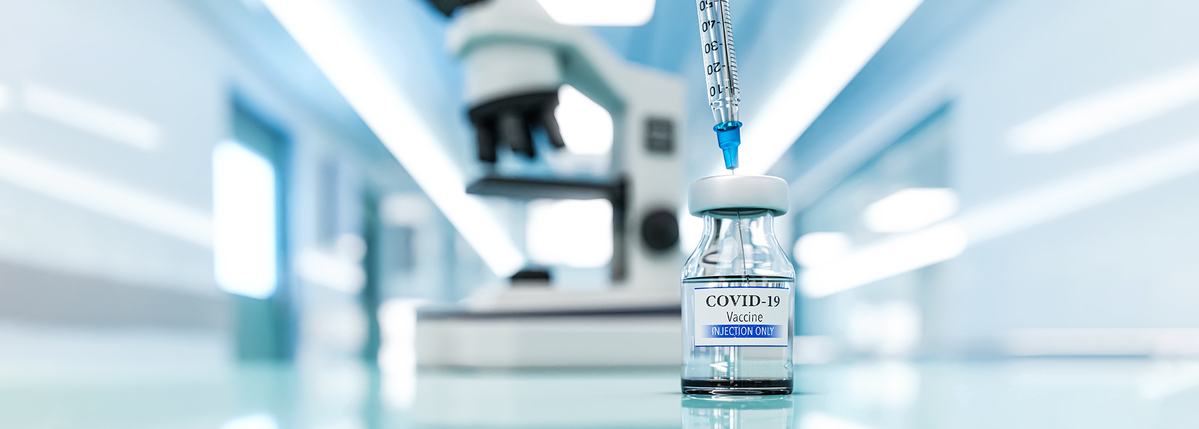Top 10 Benefits of Social Distancing for Teens with T1D
Written by: Maddie Aibel
4 minute read
April 16, 2020
Editor’s Note: We have a simple goal: tap into the power of the global diabetes community to save lives. Visit coronavirusdiabetes.org to learn more about what you can do as a person with diabetes to keep yourself and others safe from COVID-19 until we’re all safe.
This article was published in April 2020.
Having an auto-immune disease means those living with diabetes are at an even higher risk of experiencing complications if they contract the Coronavirus, which is why it is especially important for us to stay home and social distance. While it sucks not being able to go to school, see my friends, go to my first prom, go to dance class and the list goes on, I’m trying to look on the bright side. So here are my top ten benefits of social distancing:
10. I can wear my pump anywhere I want
I usually wear my Omnipod where no one can see it, but with my school online, there are a lot more places no one can see. Right now it’s on the back of my arm—I thought I would hate it, but it’s surprisingly comfortable. Who would’ve thought?

9. No more wondering what’s in my food
Since I now have to prepare every meal I eat, there are no more “surprises” in my food like a half cup of oil hiding in my sauce or hidden amounts of sugar in my salad dressing.
8. No fear of going low in dance class
At my dance studio, I used to worry about my blood sugar because I was dancing constantly, had few breaks and my continuous glucose monitor (CGM) would sometimes lose signal. Now, dance classes are on Zoom, we barely move, and I can walk over to my phone to check my CGM whenever I want without distracting the class.
7. Used test strips are no longer everywhere
I’ve gotten used to finding them on the floor of the car, in the driveway, at the bottom of my backpack. Now that I’m just at home, I only find them in my bed, on my floor and on my desk—though I found one in the refrigerator (still a mystery!).
6. Since I go nowhere, I am less likely to lose or break my RileyLink
A RileyLink is a little box that helps your phone and pump speak to each other if you’re Looping. (Don’t know what Looping is? Visit loopdocs.com).You would think I do a good job keeping something I need to live with me at all times, but no. I leave it at school, leave it at home, leave it in the car. I’ve dropped it from my sweatshirt pocket, and crushed it in my backpack; luckily it is still alive. Now that I don’t go anywhere, I always know where it is, although it did disappear briefly into the couch cushions last week.
5. Online school = less stress = better blood sugars
The second semester of junior year is peak high school stress—there’s the SAT/ACT, getting those grades up and thinking about college. Online school significantly decreases the stress. Having more time on my hands gives me time to do what I love: reading, painting, exercising more and actually getting sleep. As people living with diabetes, we all know how stress makes our blood sugar shoot up. These past few weeks, my blood sugars have been more stable than ever.
4. My supplies are finally organized
Staying at home all day really has its benefits. I spent an hour organizing all my supplies. Then, I came up with a better system and reorganized them. Maybe tomorrow I’ll color code them.
3. Knowing I was buying boxes of alcohol wipes before it was the cool thing to do
Is being able to get sanitizing wipes now one of the perks of diabetes like cutting the line at Disneyland or pre-boarding at the airport?
2. Forget FOMO
While I miss my friends and miss going to school, I have no more fear of missing out because we are all missing out. Nowhere to go means less stress, less uncertain foods and better blood sugars.
1. More time to get involved
In this uncertain and unpredictable moment, I’m trying to get more involved in organizations I care about such as Beyond Type 1. Quarantine doesn’t have to be bad if we make the most of it.
Check out another piece some potential benefits of the current situation—Silver Linings During COVID-19.

Author
Maddie Aibel
Maddie Aibel is a high school junior from Santa Monica, California. She was diagnosed with type 1 diabetes (T1D) in November of 2015. She is a dancer, a member of the Youth Advisory Committee and a volunteer with AYUDA (American Youth Understanding Diabetes Abroad) and Cedars Sinai.
Related Resources

Editor’s Note: We have a simple goal: tap into the power of the global diabetes...
Read more

Editor’s Note: We have a simple goal: tap into the power of the global diabetes...
Read more

Editor's Note: A version of this article first appeared at BenaroyaResearch.org from Benaroya Research Institute at...
Read more


